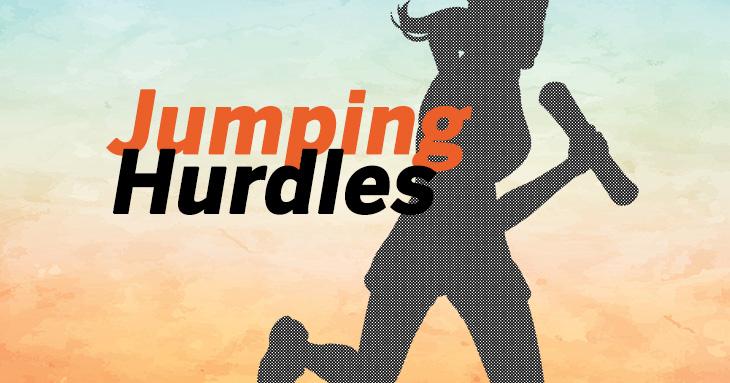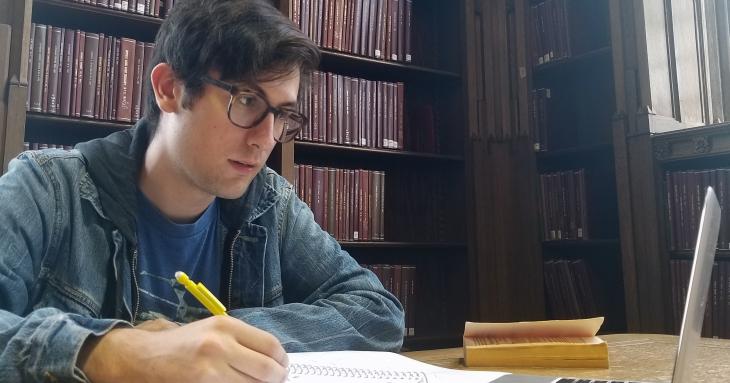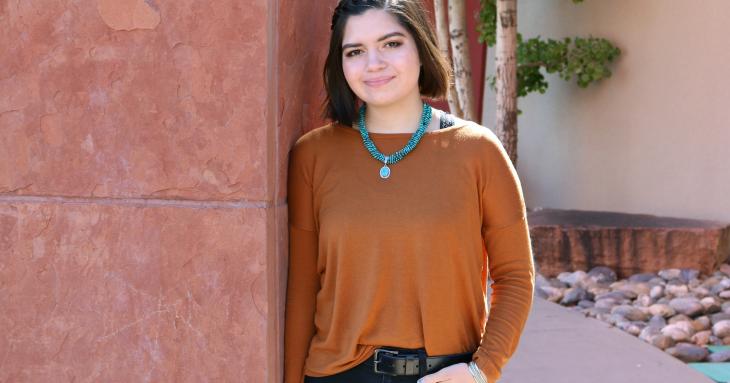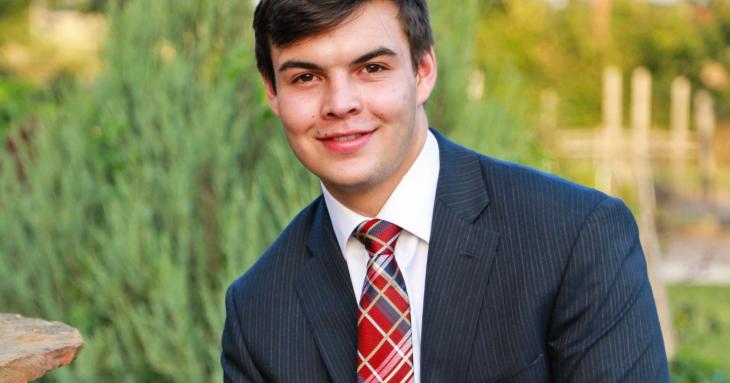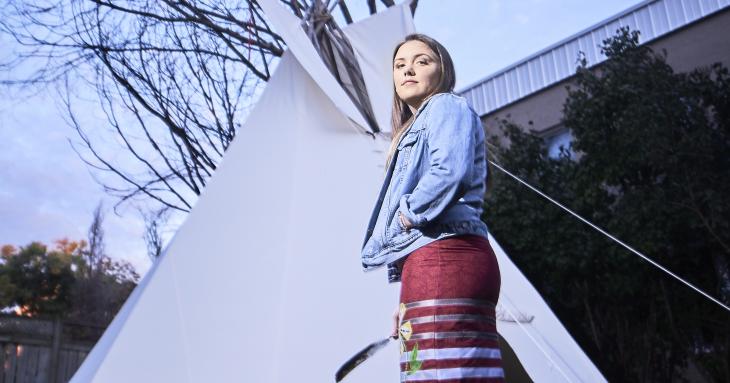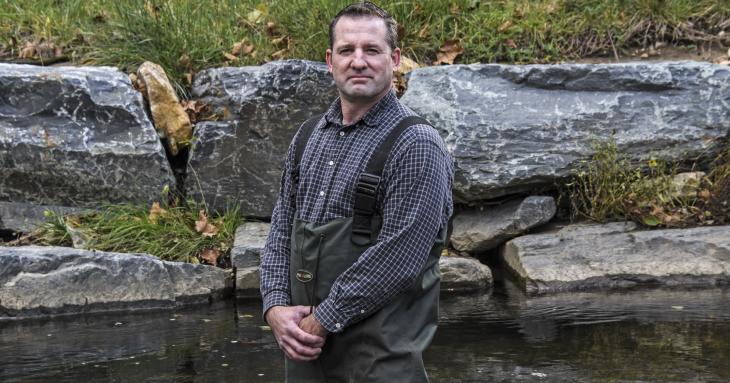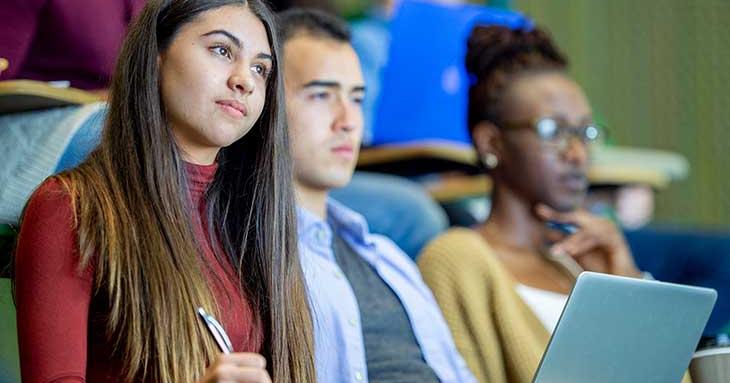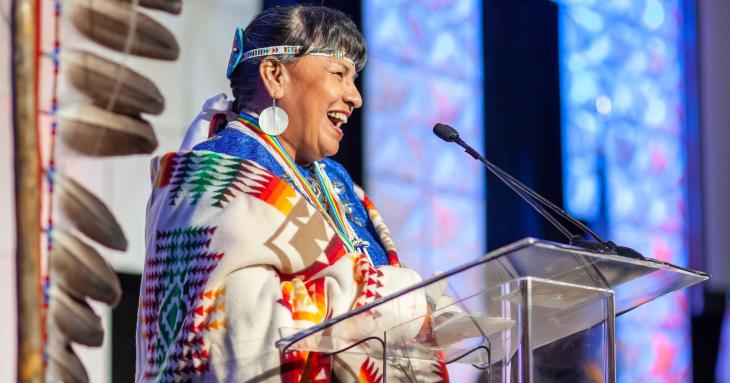-
Don’t Just Go to College — Go Far: Study Abroad Can Be Possible for Everyone
Going to college isn’t what it used to be — it’s a whole lot better. In this global economy, college students have more choices than ever, including the experience of studying abroad. It can be a way for you to learn about different ways of life and cultures while also advancing your education — and ultimately making yourself a stronger job candidate. In fact, a recent study found that almost 40 percent of the companies surveyed had missed international business opportunities for want of internationally competent employees.
-
Jumping Hurdles: Tips for Overcoming Challenges on The Road to A Degree
Meeting challenges makes us stronger. And that’s good news for Native American students, who are sure to face a few obstacles on their higher education journey.
-
Samuel Ragle / Choctaw Nation / University of Oklahoma / Computer Science
I’ve always been curious about how things work. In high school, I got my first look behind the scenes at the technical side of one of my passions: video games.
-
Kaylin Mcliverty / Navajo / Navajo Preparatory School
My hometown of Farmington, N.M., is a small community with diverse cultures and families.
-
Turner Mccoy / Muscogee Creek / Oklahoma State University / Mechanical Engineering Technology
I’ve always preferred math and science to English and history. I enjoy things that are tangible and black and white, like engineering.
-
Brielle Thorsen / Saddle Lake Cree Nation / Queen’s University / Applied Mathematics and Mechanical Engineering
When someone new comes over to our house, my parents drag out a video of me from the fourth or fifth grade. In the video, I introduce myself and tell everyone that my favorite subject in school is math.
-
Orman E. Morton III / Penobscot Indian Nation / Oregon State University Ecampus / Environmental Sciences
I grew up in a high-crime area in suburban Baltimore. Violence, drugs, and alcoholism were rampant — a fertile recruiting ground for street gangs.
-
-
Meet the Award Winners
A part of every National Conference that focuses attention on the important work of AISES is our collective pause to recognize extraordinary accomplishments of our members. Congratulations to all the 2018 award winners!
-
Learning's in Session: Opportunities to come away with knowledge and insight abound in the long list of sessions at every National Conference
National Conference sessions give AISES members, sponsors, and exhibitors an engaging platform for sharing their knowledge, wisdom, and experience. For many attendees, learning from session presenters as they offer information on specialized topics is one of the best parts of a National Conference. In Oklahoma City, there was truly something for everyone in a wide range of sessions. Here’s a sample of just some of them.



